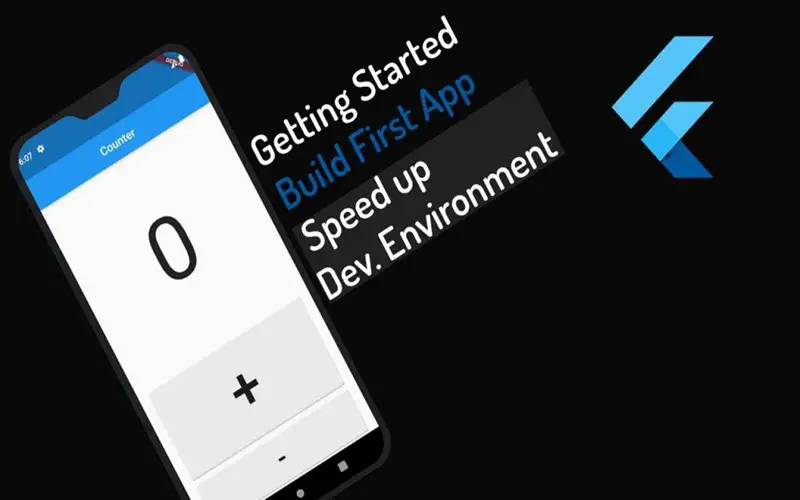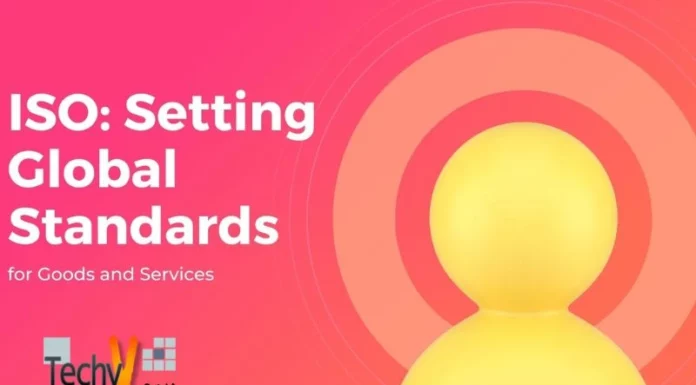From Ola and Swiggy to Blinkit and Amazon, there are countless examples of apps that are used almost daily. The domain of app development has reached a high point, attracting many passionate techies to give it a try. Whether you’re a fresher or an app developer wanting to dive deeper into the nuances of the making of these technically profound applications, you must have indeed come across this question: Which is better? Flutter or Swift. While Swift is a programming language developed by Apple, Flutter is a front-end framework by Google written in Dart. Even though the tools for a developer are a personal choice based on requirements, here are the ten reasons why Flutter has the upper hand over Swift for app development.
1. Flutter And Cross-Platform Application Development Go Hand In Hand
Since different kinds of mobile operating systems are available in the market, the best way to approach the audience is to reach out to them in every possible way, i.e., to cater to all users with different OSes simultaneously. Flutter does exactly that. It is used to develop both Android and iOS systems together, reducing both the time and effort of the developers. This is not possible in Swift since it is not a cross-platform programming language until we use tools like SwiftUI. Here, the code is written only once and converted accordingly, thus making the codes reusable.

2. JIT And AOT Compilations In Flutter For Hot Reload And Native Coding
JIT (Just-In-Time) and AOT (Ahead-Of-Time) compilations are two of the unique features inculcated into Flutter because of its programming language, Dart. The JIT compiler helps in hot-reload; thus, the developer can view the changes done instantly with the intervention of the Dart virtual machine (VM). Also, the AOT compiler helps in converting the Dart code into the native code, providing a faster kick-start. Swift uses only AOT, and even though it can speed up the performance, the development cycles may take time.

3. App Profiling In Flutter
Profiling is a way of assessing the CPU, memory, resources, and other factors that can have a significant effect on the app’s working. Both Flutter and Swift have tools to profile iOS applications. For Swift, Xcode (Apple’s Integrated Development Environment for iOS) has an entirely separate app, whereas Flutter has a much lighter way of profiling the apps through the browser from the IDE or command line directly.

4. Effective And Efficient Debugging Compared To Native Application Programming
With JIT ensuring hot-reloading, the real-time visibility of changes and knowledge of the progress of development serves as input for the developer and helps in easing the debugging process. Also, the debugging tools in Flutter are easier to use and apply compared to the tools available in native development platforms and, hence, very helpful even for beginner Flutter developers.

5. Flutter Widgets For Development
Widgets are the basic unit of Flutter architecture, providing native-like controls. The various UI components added using widgets to an application in Flutter can be updated very easily. The components are incorporated with many visual and UI elements. The native performance can be achieved and improved by using the different kinds of widget components available, making the visual transition between the different platforms effortless.
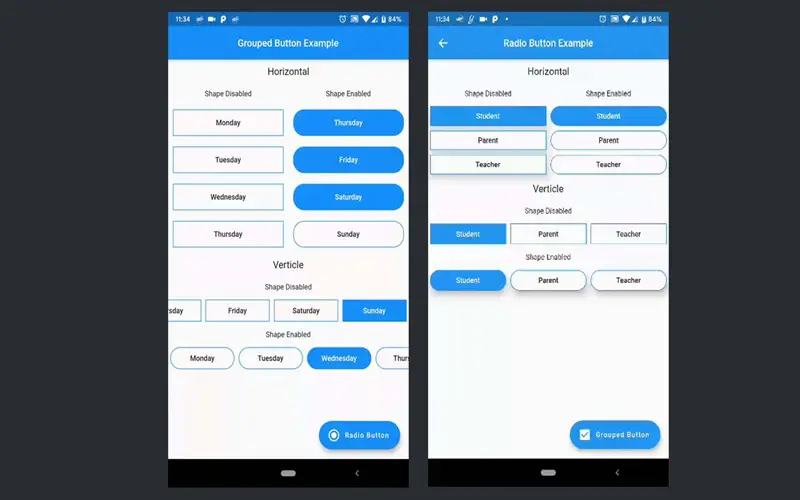
6. Reduced Lagging In Flutter
The user of any application has very limited basic expectations like faster loading and reloading. The reduced lagging in Flutter has been credited to Dart’s trash expert. The Ahead-Of-Time compilation helps set up quicker communication with devices to make all components function together. Flutter works similarly to Swift but may function differently when using the iOS platform.

7. Flutter Impeller For Those Exciting UIs
The entry of Flutter Impeller has changed the course of development for Flutter. Never before has it been so exciting to create animations, complex transitions, translations, and 3D turns, giving the UX a complete makeover. It has succeeded its predecessor, Skia, the 2D graphics library, as 70% of developers have shifted to this. With a new door opened towards endless creative potential, what makes it stand out is that the app size created with Impeller is much smaller compared to that with Skia, leaving room for faster updates.
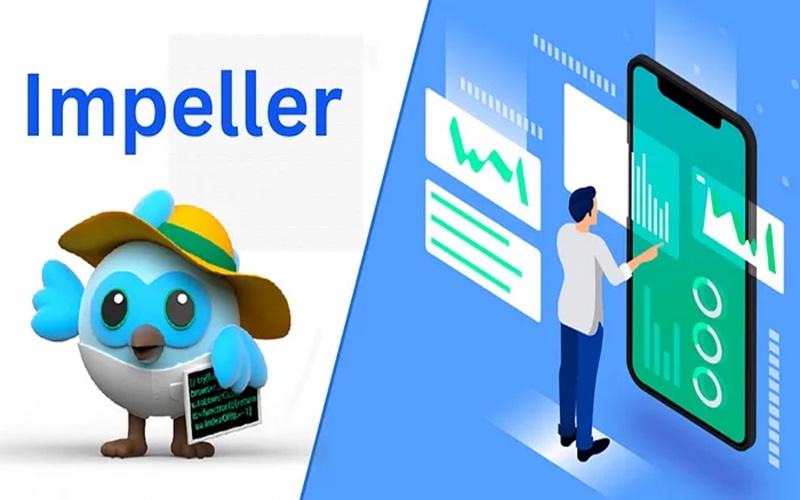
8. Flutter And The IDE Saga
Flutter is worked upon in a lot of advanced IDEs like Visual Studio Code, Android Studio, IntelliJ IDEA Community Edition, and Emacs. The choice generally depends on factors like performance and availability of high-quality debugging tools. It also depends on whether you are an independent developer or working in a team. The use of IDE easily by a developer to collaborate with others stands as a significant point to consider while making this decision.
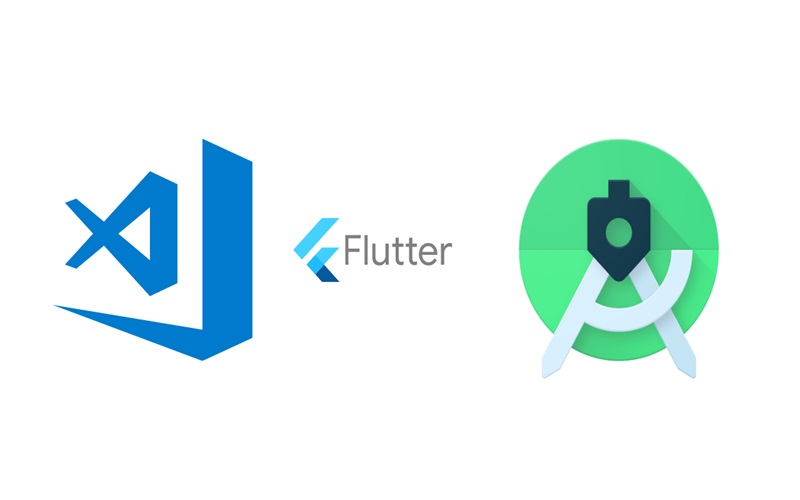
9. Flutter’s Third-Party Plug-ins For Interactive App Development
Plug-in reusability is offered in Flutter but not in Swift. Plug-in packages are written to handle specific APIs that are used in applications. They are connected to the application through a platform channel. Federated plug-ins give support to these channels in the form of packages. There are two different types of federated plug-ins: endorsed and non-endorsed plug-ins. The plug-ins (extensions) are added to give extra features, e.g., Google Maps, and a seamless UX catering to the needs of the user.

10. Entrepreneurship Cost And Minimum Viable Product (MVP)
For any entrepreneurial venture or start-up, an MVP is a crucial aspect of any app they release. To reduce production costs for a start-up and to make an early app launch within a shorter deadline, Flutter is the best approach. Here, they don’t have to immediately hire professionals to create separate codes for cross-platform applications. The single base code can be developed into native apps, reducing economic issues in an evolving work sphere. Swift is a native programming language for iOS and, like any other object in its niche, has its stronghold in native app development. However, with the various benefits packaged within Flutter, it becomes a slightly better choice. With cross-platform adjustability, reusable codes and plug-ins, and an exceptional UI/UX with the Flutter Impeller, Flutter development is an excellent way to understand app development and faster app launch in the market.
